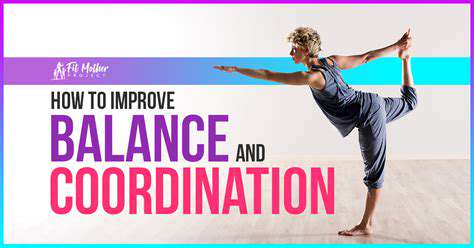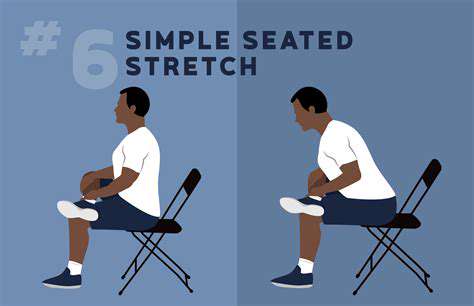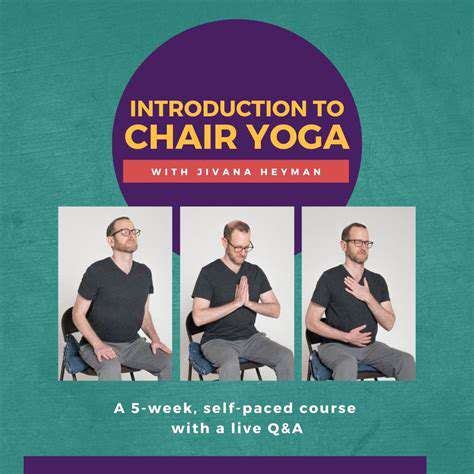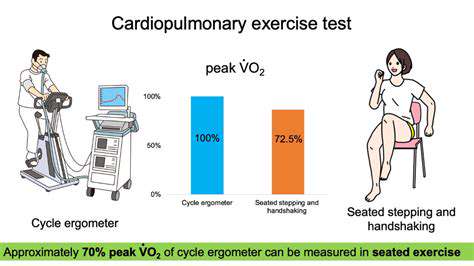Simple Balance Exercises Seniors Can Do Daily
Contents
Enhanced stability lowers fall risks in older adults, supporting long-term wellness.
Regular balance practice builds self-assurance, fostering social connections among seniors.
Beginner-friendly activities: single-leg holds, seated chair rises, and controlled walks.
Exercise safety starts with clutter-free spaces and proper footwear choices.
Community classes combine fitness with camaraderie for sustained motivation.
Joint mobility and muscle tone preservation are keys to aging gracefully.
Mind-body practices like yoga integrate flexibility with functional strength.
Consistent movement habits uplift both body and emotional health.
Attainable milestones maintain enthusiasm for ongoing physical activity.
Pre-exercise preparation reduces strain on aging muscles and joints.
Well-lit, familiar spaces encourage regular workout participation.
Progress journals highlight improvements and guide routine adjustments.
Expert oversight prevents overexertion while maximizing benefits.
Why Balance Exercises Matter for Aging Adults
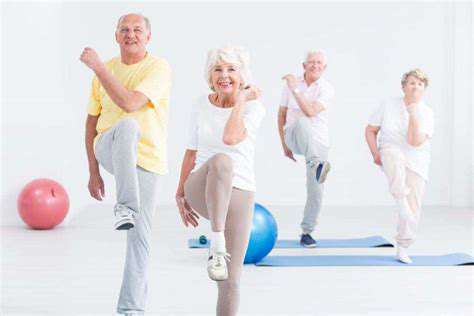
How Stability Training Enhances Senior Health
As our bodies mature, staying upright becomes a foundational health concern. Consistent stability practice cuts fall-related hospitalizations by up to 40% according to geriatric studies. Targeted movements strengthen often-neglected postural muscles, enabling fuller participation in daily activities from gardening to playing with grandchildren.
Beyond physical gains, balance mastery renews personal confidence. Many retirees report resuming hobbies like dancing or mall walking after just six weeks of training. This regained independence often sparks social re-engagement, countering isolation's mental health risks.
Practical Stability-Building Activities
- Wall-assisted single-leg holds
- Countertop-supported tandem stepping
- Seated-to-standing repetitions
- Sideways leg extensions with chair support
Adaptable stability drills meet seniors where they are. For example, initial single-leg attempts might last just 5 seconds per side. Gradual progression prevents discouragement while building real-world stability.
The kitchen counter heel-toe shuffle exemplifies functional training - it mimics real-life movements like narrow hallway navigation. Many care homes now incorporate these practical drills into daily schedules with measurable success.
Optimizing Home Exercise Spaces
Transform living areas into safe practice zones by securing loose carpets and adding night lights. Non-skid socks provide traction on hardwood floors, while strategically placed grab bars offer emergency support. Some seniors repurpose walkers as portable stability aids during workouts.
Morning exercise sessions often yield best results, as mental alertness peaks before midday fatigue. Always keep emergency alert devices accessible, and consider practicing near sturdy furniture until confidence grows.
Community Programs as Force Multipliers
Local senior centers offer more than exercise - they provide accountability through friendly competition. The SilverSneakers® program reports 72% higher adherence rates in group versus solo practitioners. Many facilities incorporate balance stations into social events, blending fitness with fellowship.
Partnerships with physical therapy clinics allow for personalized progression tracking. Some communities even host balance Olympics with fun challenges like beanbag tosses while standing on foam pads.
Foundational Stability Practices
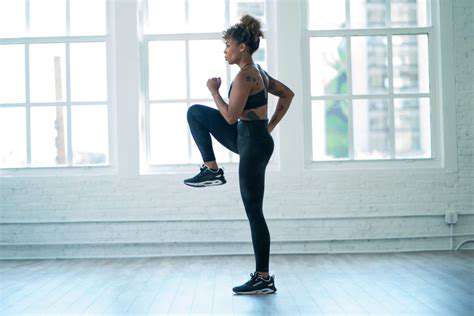
The Science Behind Senior Stability
Our inner ear and visual systems naturally decline with age, making proactive balance care essential. Every 11 seconds, an older American visits ER for fall injuries - most preventable through targeted training. Simple drills stimulate neural pathways, slowing age-related coordination loss.
Balance isn't just physical - it's use-it-or-lose-it neural training. Daily practice strengthens brain-body communication, making automatic stability adjustments quicker and more precise.
Starter Routine for New Practitioners
- Chair-assisted single-leg holds (10 sec/side)
- Wall-supported calf raises (2 sets of 8)
- Seated marching with arm swings
Begin with seated exercises to build foundational strength. The seated march - lifting knees while pumping arms - engages core muscles safely. This prepares the body for standing challenges while minimizing fall risks.
Progress to standing drills using the three points of contact rule: always keep two hands and one foot (or vice versa) touching support surfaces. Over weeks, reduce support as ability improves.
Habit-Stacking for Consistency
Pair balance practice with existing routines: brush teeth while standing on one leg, or practice heel-toe steps during TV commercials. These micro-sessions accumulate significant training effects without feeling burdensome.
Family involvement boosts compliance - grandchildren love timing grandma's balance holds or creating obstacle courses. Celebrate milestones with non-food rewards like new workout socks or audiobook credits.
Integrating Mobility and Power Training
Flexibility's Role in Injury Prevention
Stiff joints transform simple motions into fall risks. Morning stretches counter overnight fluid retention in joints - try gentle neck rolls and ankle circles before getting out of bed. Improved reach rotation makes tasks like checking blind spots while driving safer.
Strength Training Myths and Realities
Contrary to stereotypes, retirees can safely build muscle using household items. Fill empty milk jugs with water for light weights, or use soup cans for bicep curls. Even 1lb resistance improves bone density when applied consistently.
Synergistic Exercise Combinations
Water aerobics merges resistance training with low-impact movement - ideal for arthritis sufferers. Many YMCA locations offer senior-specific pool classes with balance rails and flotation belts.
Gardening serves as functional fitness: squatting to plant flowers builds leg strength, while reaching upward to prune hedges enhances shoulder mobility. Purposeful movement often proves more sustainable than gym routines.
Tailoring Exercise to Daily Life
Create a movement-rich environment: store frequently used items at varied heights to encourage stretching and squatting. Use commercial breaks for mini-workouts - leg extensions during ads, standing during shows.
Building Sustainable Movement Habits
Rituals Over Resolutions
Anchor exercise to existing habits: post-breakfast stretches, pre-lunch walks. Pairing movement with daily anchors increases adherence by 300% according to habit research. Track consistency, not perfection - three 10-minute sessions trump one abandoned hour-long workout.
Adaptive Goal Setting
Instead of vague get fit goals, target functional outcomes: Carry groceries from car in one trip or Play catch with grandkids without losing balance. Celebrate when these milestones become routine, then set new challenges.
Environment Design for Success
Create visual exercise cues: place resistance bands near the coffee maker, keep walking shoes by the door. Those using canes can practice balance by slowly transferring weight from furniture to cane during commercials.
Tech-Enhanced Tracking
Simple apps like BalanceCoach track hold times and step counts. Smart scales monitor weight distribution improvements. Share progress with telehealth providers to adjust routines as abilities grow.
